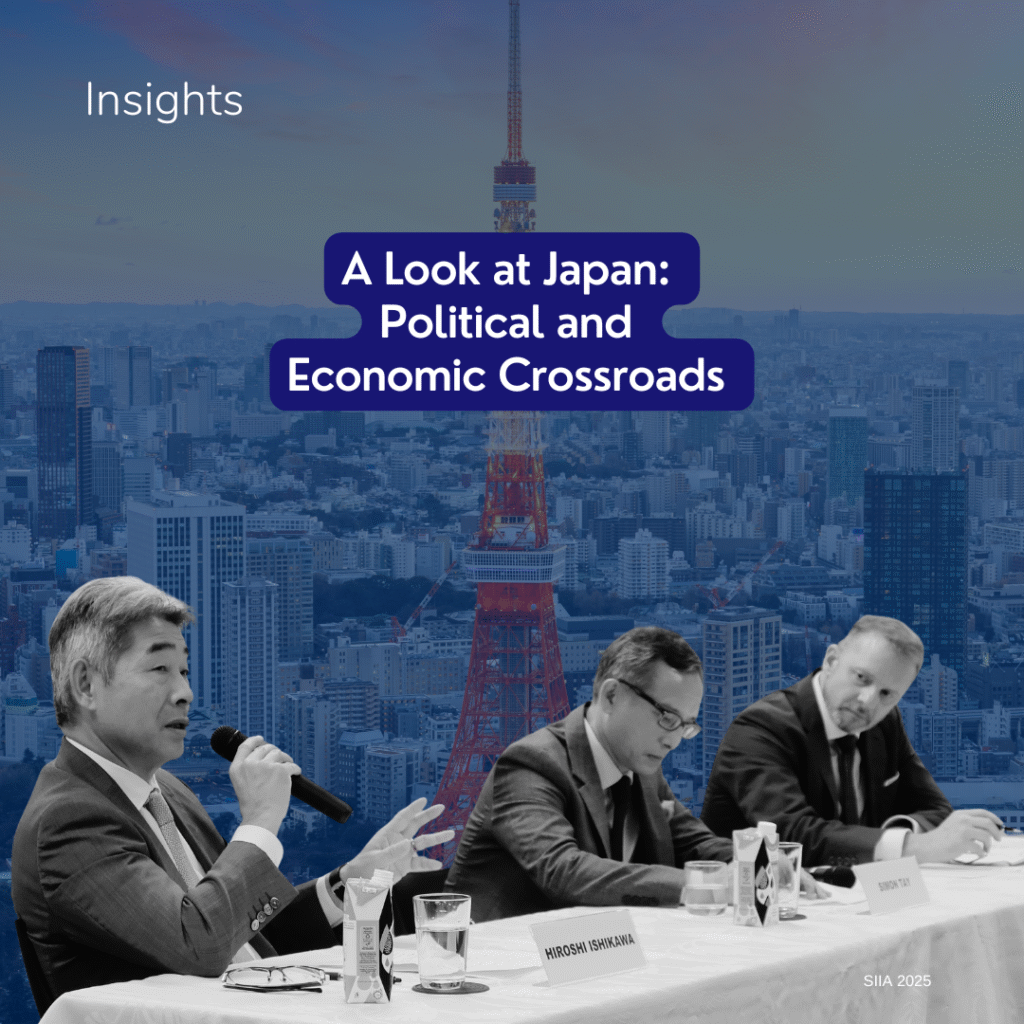As the Ukrainian crisis continues unabated, the US and Europe look set to impose further sanctions on Russia. As a result, Moscow has been making overtures towards a different part of the world, which have led some observers to speak of the “Russian pivot to Asia” – almost as a mock reference to the US’s own “pivot to Asia”.
For one, long-standing negotiations between Russia and China on a gas deal look set to be concluded and signed next month, when President Vladimir Putin is expected to visit Beijing. The negotiations had been held up over the past decade due to disagreements over price. But Gazprom, the state-controlled Russian energy company, is now willing to lower its price of gas, given the European Union’s (EU) plans to reduce its dependence on Russian gas in reaction to the crisis over Ukraine. The 30-year deal, to be signed between Gazprom and China National Petroleum Corporation, will provide China with around 38 billion cubic metres of gas a year – about a quarter of China’s annual demand.
There is reason to believe, however, that the EU’s dependence on Russian energy supplies will not change any time soon. Polish Prime Minister Donald Tusk – the leader of a country that has been rattled by Russia’s rhetoric and moves – recently rallied for an “energy union” in the EU. But it is unclear whether his German counterparts share his enthusiasm. Not all countries within the EU are in the same situation – Germany is heavily dependent on Russian gas, but not the UK or France. That is why the EU has not been able to forge a common energy policy, whereas it has managed to agree on a banking union.
While Russian officials have indicated their interest in deepening business ties with countries afield, such as Malaysia, the Russian pivot to Asia may be over-stated. Moscow is limited in using energy to gain influence in Asia. First, it faces increasing competition, even from a country like the US where shale gas may now be a new source of energy. Second, the Russian Far East and Siberian regions are still in need of development, especially in the extraction of raw minerals. For instance, a pipeline starting from Eastern Siberia for Gazprom to transmit gas to China is not look likely to be ready before 2018.
Nonetheless, things could change if the situation in Ukraine deteriorates, and when the EU responds more robustly towards Russia.
Sources:
Russia looks to Asia for trade cushion [CNNMoney, 27 March 2014]
Putin Expected to Sign China Gas Deal as Crisis Forces Hand [Bloomberg, 10 April 2014]
A united Europe can end Russia’s energy stranglehold [Financial Times, 21 April 2014]




